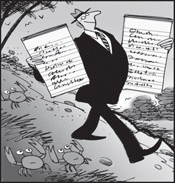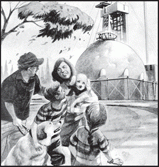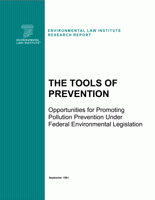Author
Byron Swift, Environmental Law Institute
Date Released
January 1999
The best way to regulate the release of mercury to our environment is through pollution prevention — placing a declining cap on the use of mercury in products and processes. Such a cap could limit mercury releases to 10% of current levels from intentional uses, and 50% of process emissions by 2010. This approach would be far more effective than EPA`s current strategy based on emissions controls, because it achieves dramatically greater reductions in total mercury releases, and reduces the problems of re-releases of mercury from wastes.



